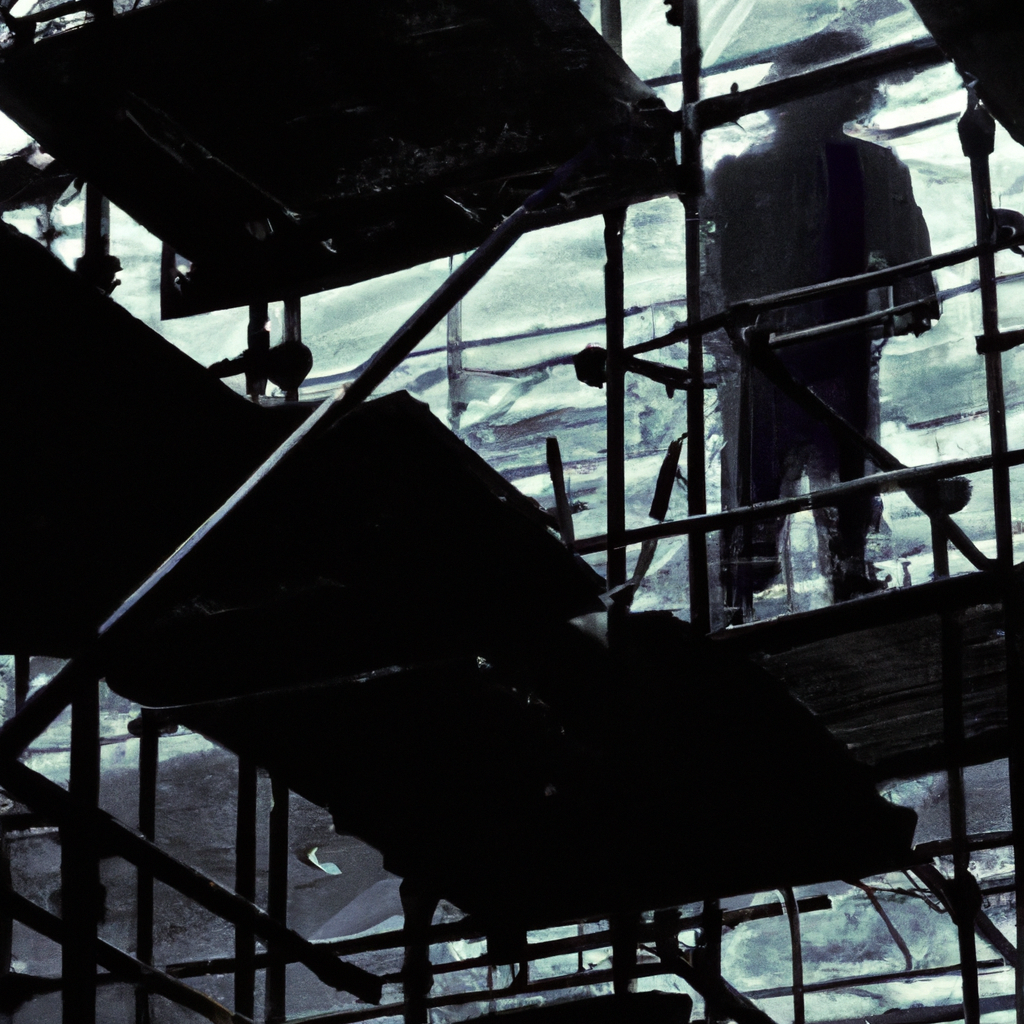Welcome to our comprehensive guide on the hidden dangers and overlooked safety hazards in scaffold construction. As experts in the field, we understand the importance of maintaining a safe working environment for every worker involved in construction projects. Scaffold construction plays a vital role in providing a temporary structure for workers to access elevated areas, but it also poses various risks if not handled with utmost care and attention to detail. In this article, we will delve deep into the potential hazards associated with scaffold construction and provide valuable insights on how to mitigate these risks effectively.

Understanding Scaffold Construction
Before we delve into the hidden dangers, it is crucial to have a solid understanding of scaffold construction itself. Scaffolds are temporary structures made of metal pipes, tubes, and planks that provide a stable working platform for workers to perform tasks at height. They are commonly used in various industries, including construction, maintenance, and painting. Scaffold construction requires precise planning, design, and installation to ensure stability and safety.
Commonly Overlooked Safety Hazards
Inadequate Training and Competency
One of the most significant safety hazards in scaffold construction is the lack of proper training and competency among workers. Many accidents occur due to inadequate knowledge of scaffold assembly, inspection, and safe working practices. Employers must invest in comprehensive training programs that cover the proper erection, use, and dismantling of scaffolds. Additionally, workers should possess the necessary skills and certifications to ensure safe scaffold construction and usage.
Insufficient Scaffold Design and Planning
Improper scaffold design and planning can lead to disastrous consequences. It is essential to consider factors such as weight capacity, load distribution, and structural stability during the design phase. Neglecting these crucial aspects can result in scaffold collapse, endangering the lives of workers and causing severe injuries. Employing experienced scaffold designers and engineers is paramount to ensure the scaffolding structure is constructed to withstand anticipated loads and environmental conditions.
Lack of Regular Inspections and Maintenance
Regular inspections and maintenance are vital to identify potential hazards and prevent accidents. Scaffold components, including bolts, couplers, and planks, should be inspected for any signs of damage, deterioration, or wear and tear. Additionally, inspections should be conducted before each shift to ensure the scaffold’s stability and structural integrity. Adequate maintenance practices, such as cleaning, lubrication, and repair, should be implemented to extend the lifespan of scaffolding equipment and minimize risks.
Insufficient Fall Protection Measures
Falls from height are a leading cause of injuries and fatalities in scaffold construction. It is crucial to implement robust fall protection measures, such as guardrails, toe boards, and personal fall arrest systems. These safety precautions help prevent workers from falling off the scaffold or being struck by falling objects. Proper training and strict adherence to fall protection guidelines are essential for ensuring the safety of workers at all times.
Adverse Weather Conditions
Weather conditions can significantly impact scaffold safety. High winds, heavy rain, or snow can compromise the stability of the scaffold structure. It is crucial to monitor weather forecasts and take proactive measures to secure scaffolding when adverse conditions are anticipated. Temporary enclosures or windbreaks can also be utilized to minimize the impact of harsh weather on scaffold construction.
Electrical Hazards
Electrical hazards pose a significant risk in scaffold construction, especially when working near overhead powerlines or electrical equipment. Workers must be trained to identify potential electrical hazards and take necessary precautions to avoid contact. Insulating scaffolding components and using non-conductive materials can further reduce the risk of electrical accidents.
Mitigating the Hidden Dangers
Now that we have identified the hidden dangers and overlooked safety hazards in scaffold construction, let’s discuss effective measures to mitigate these risks:
- Comprehensive Training Programs: Employers should invest in extensive training programs to ensure workers are well-equipped with the knowledge and skills required for safe scaffold construction and usage.
- Experienced Scaffold Designers and Engineers: Hiring experienced professionals to design and plan scaffolding structures is crucial to ensure stability and structural integrity.
- Regular Inspections and Maintenance: Implementing a thorough inspection and maintenance schedule helps identify potential hazards and ensures the ongoing safety of the scaffold.
- Robust Fall Protection Measures: Employing adequate fall protection systems, such as guardrails and personal fall arrest systems, significantly reduces the risk of falls from height.
- Monitoring Weather Conditions: Regularly monitoring weather forecasts and taking proactive measures to secure scaffolding in adverse weather conditions is essential for worker safety.
- Electrical Safety Precautions: Workers should receive training on identifying and avoiding electrical hazards, and scaffold components should be insulated or made from non-conductive materials when working near electrical sources.
Conclusion
In conclusion, scaffold construction presents numerous hidden dangers and overlooked safety hazards that can result in severe accidents if not addressed appropriately. By prioritizing comprehensive training, proper design and planning, regular inspections and maintenance, robust fall protection measures, monitoring weather conditions, and implementing electrical safety precautions, we can significantly mitigate these risks. It is imperative for employers, supervisors, and workers to work together to ensure the highest level of safety in scaffold construction. Let us prioritize safety and protect the lives of those involved in this crucial aspect of the construction industry.


